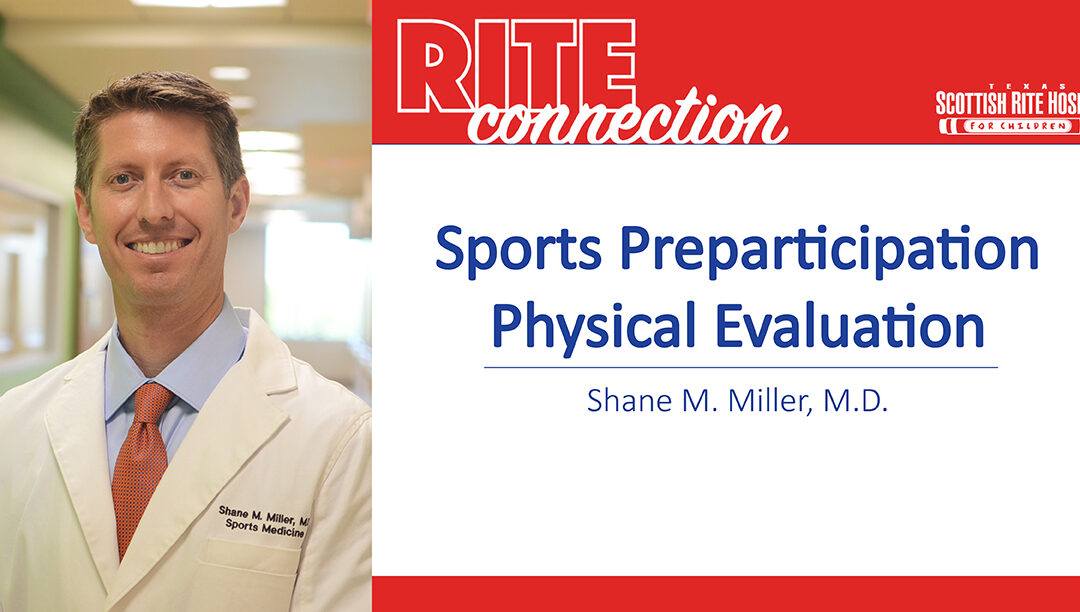
Are You Ready for the Lights and Sounds of a Friday Night in Texas?
In recognition of these demands, the University Interscholastic League (UIL) recently added band and color guard to the list of sports and activities requiring a pre-participation physical exam (PPE).
Though not typically lumped in with “athletes,” they are expected to perform in similar ways. Marching and choreography requires all of these and more:
- Coordination, balance and precision
- Cardiovascular endurance
- Muscle endurance for holding an instrument weighing as much as 20 pounds
After weeks of limited activity over the summer, many students try to jump back into their activity at full intensity. The rest and off-season time is important, but without proper preparation, the sudden start of long and intense pre-season practices can sideline a band member. As with many sports, injuries before and during marching season can be avoided with conditioning and using proper form. Each instrument has its own demands, but here are some general recommendations to consider:
Positioning
- Maintain forearms in line with hands and avoid bending at the wrists. Flute and piccolo players should keep their instruments parallel to the ground.
- Relax the shoulders.
- Wear straps to distribute the weight of the instrument and allow free movement of the fingers.
- Avoid locking knees when maintaining a static position.
Conditioning
- Stretch the fingers, hands, wrists, forearms, shoulders and hamstrings before practices and performances.
- Core and hip muscle strengthening improves hip and leg positioning and lowers the risk of back pain, especially with long periods of standing and carrying heavy instruments, such as drums.
- Lower body strengthening helps to prevent knee hyperextension and anterior knee pain.
Hydration and Nutrition
- Plan for hydration because uniforms tend to be made of heavy materials that trap heat. Strategies to stay hydrated and cool are important to prevent heat illness.
- Pack fueling snacks for long days of training or competition.
Rest
- A day of rest is recommended from each sport, this also applies to marching band and color guard.
Friday nights in Texas wouldn’t be the same without the marching band playing the fight songs and creating the energy in the stands. Parents, directors and students should take signs of injury seriously. As with any sport, proper preparation doesn’t prevent every injury. Pain during and after activity should be evaluated.
Check out sports medicine physician Shane M. Miller, M.D., in his recent interview with Fox 4 regarding this topic.
Learn more about our pediatric sports medicine practice.

